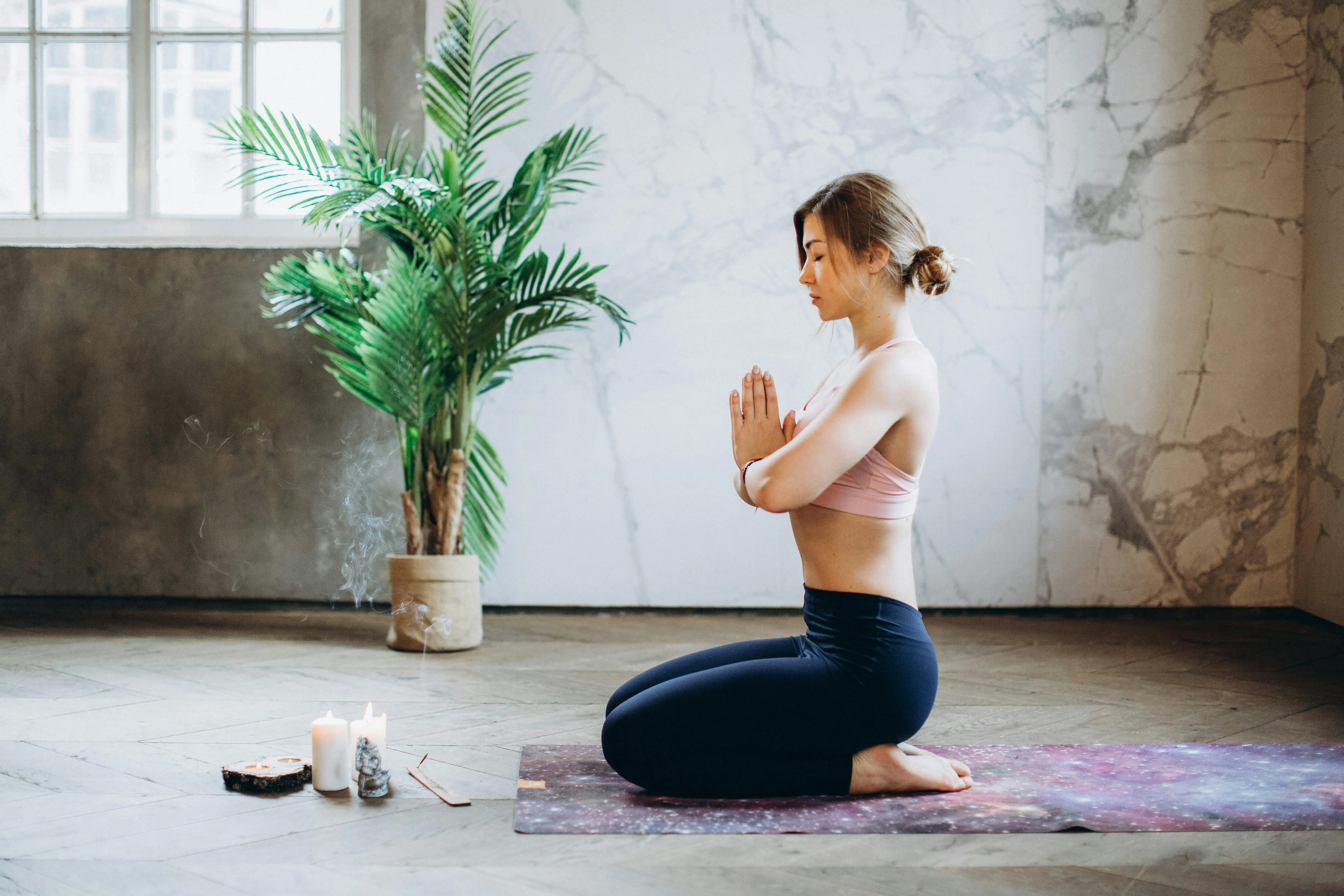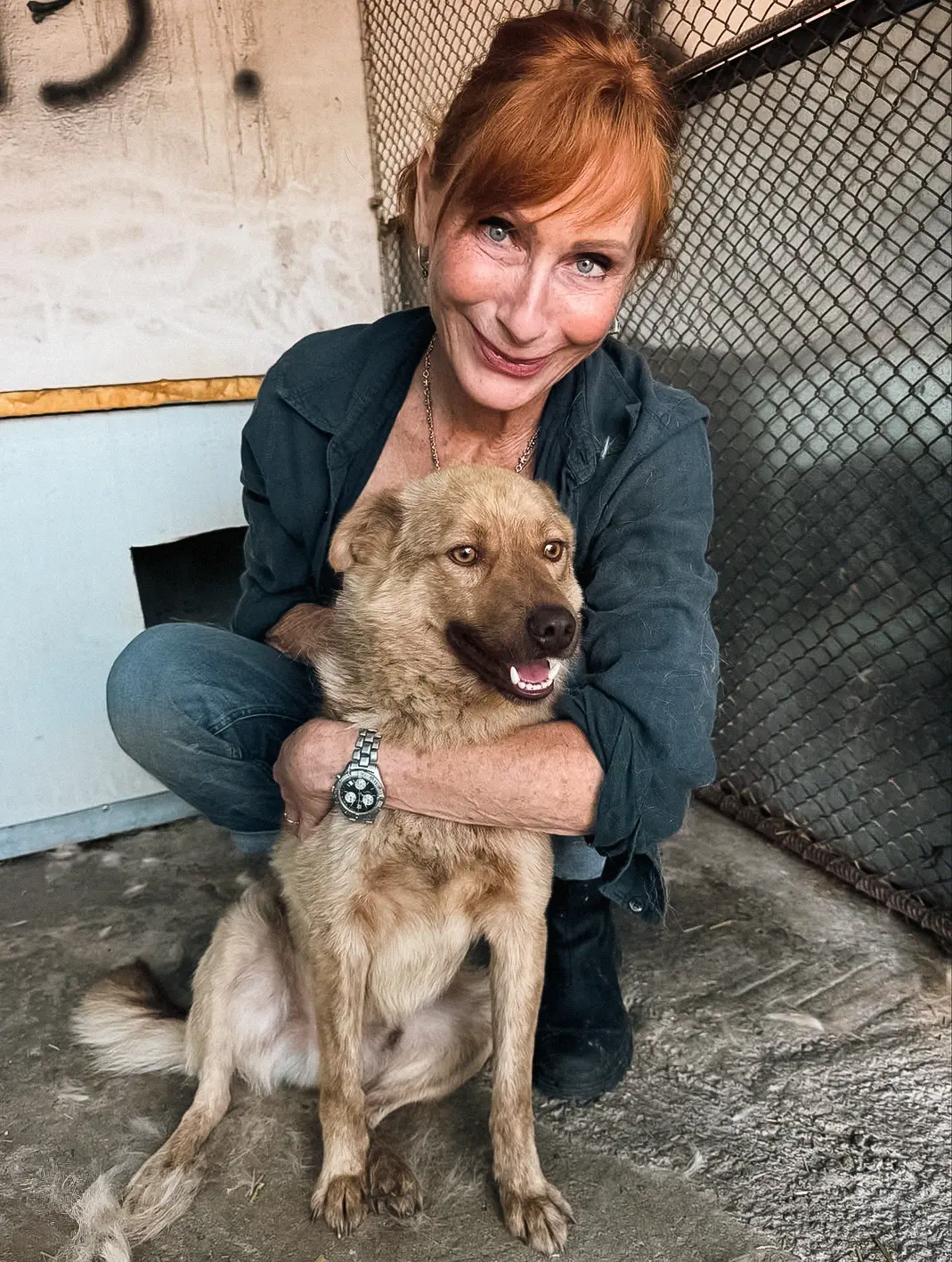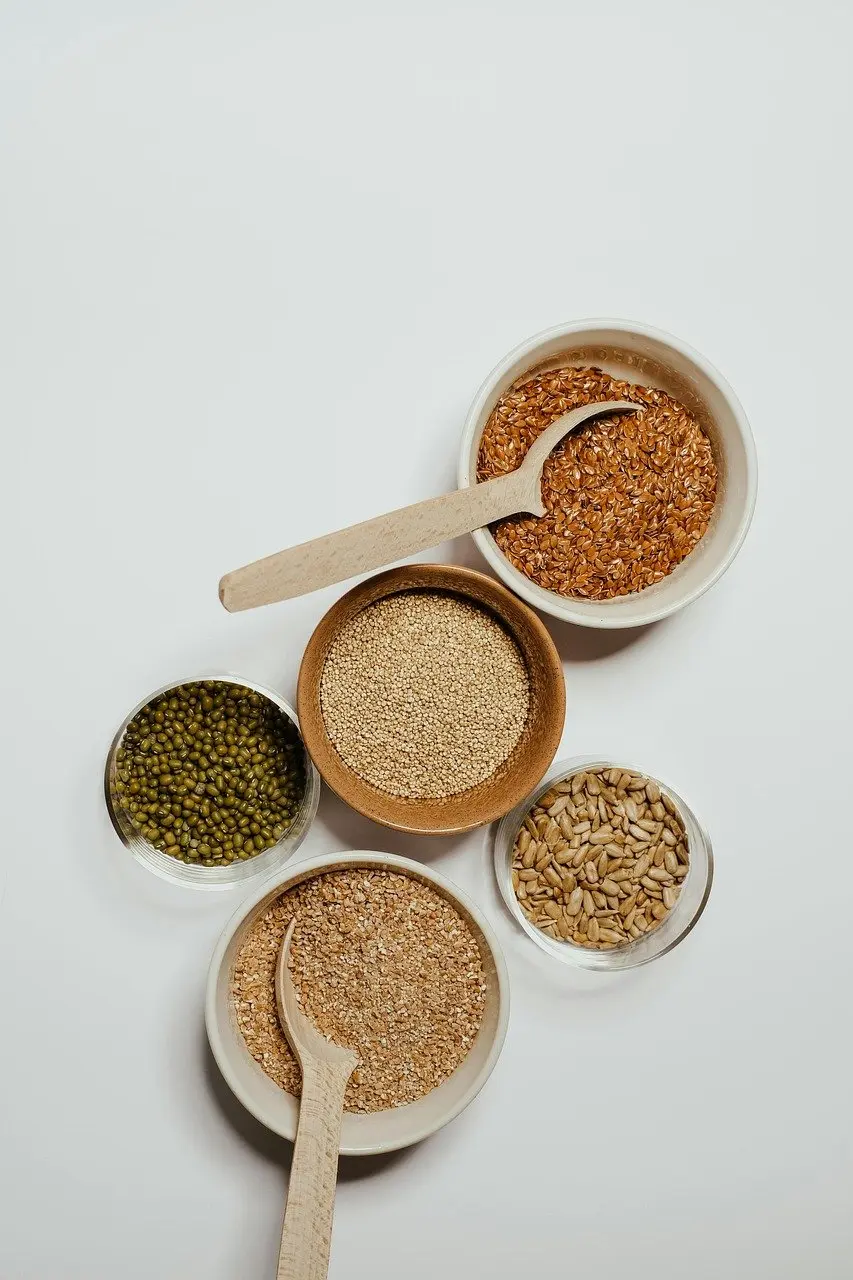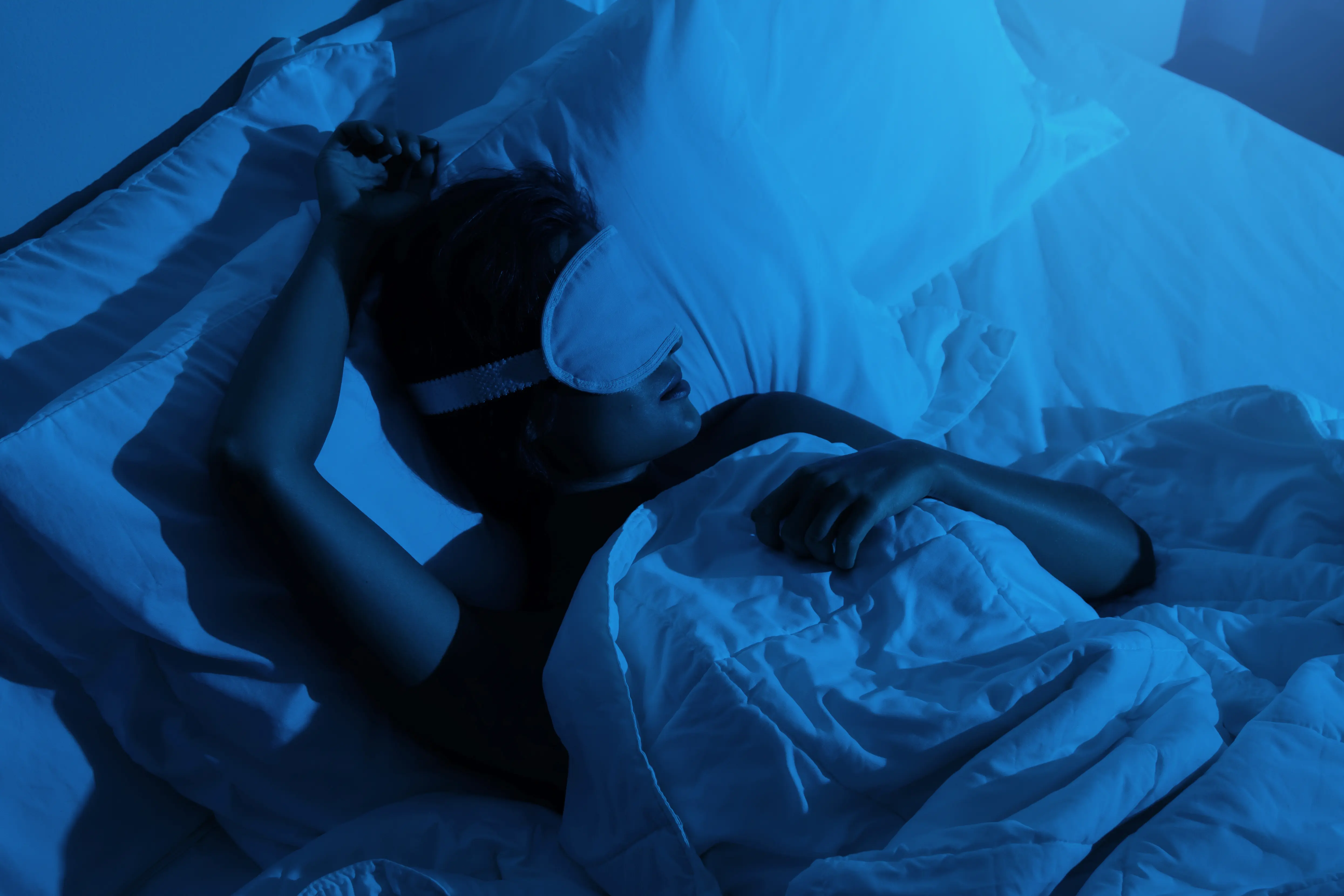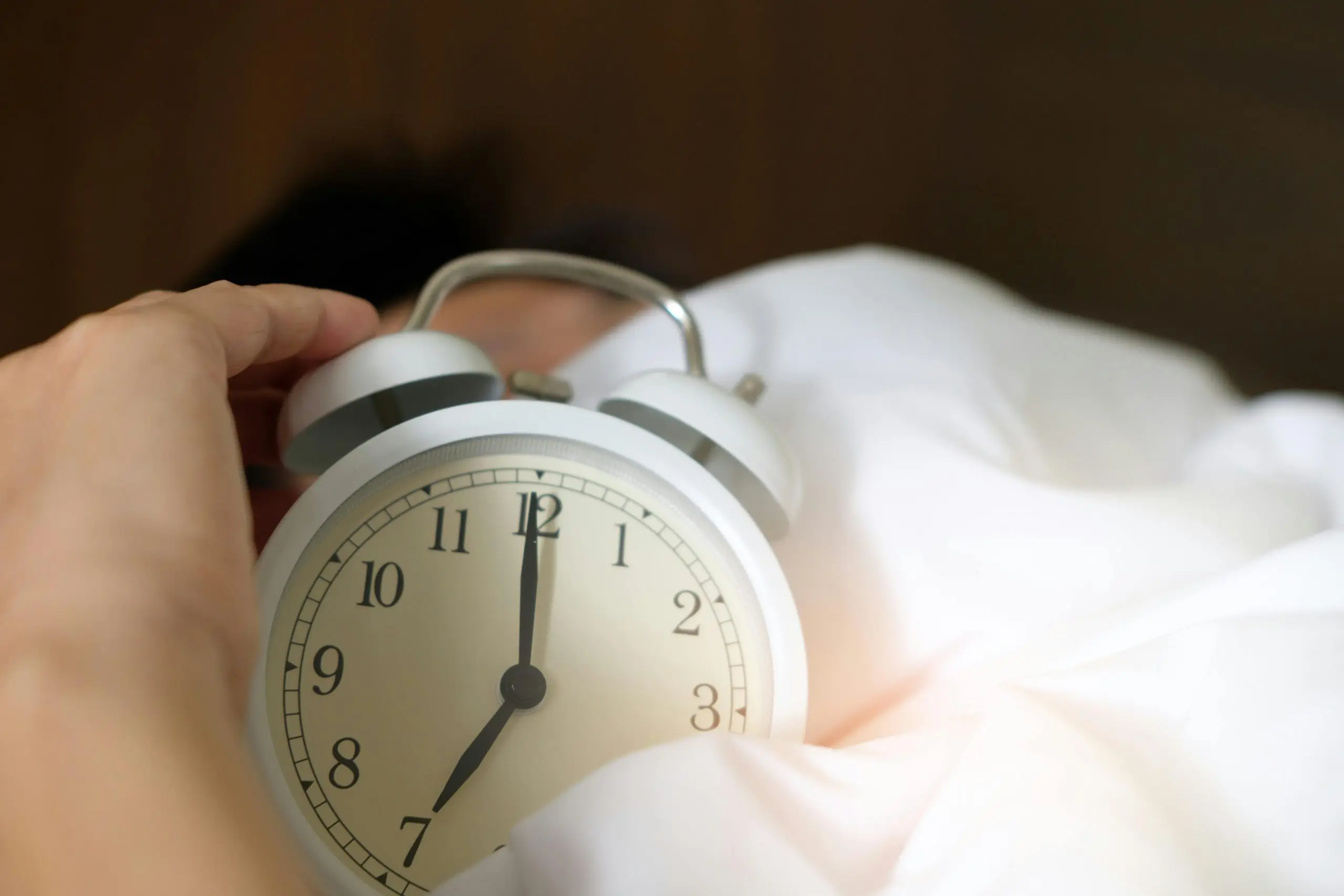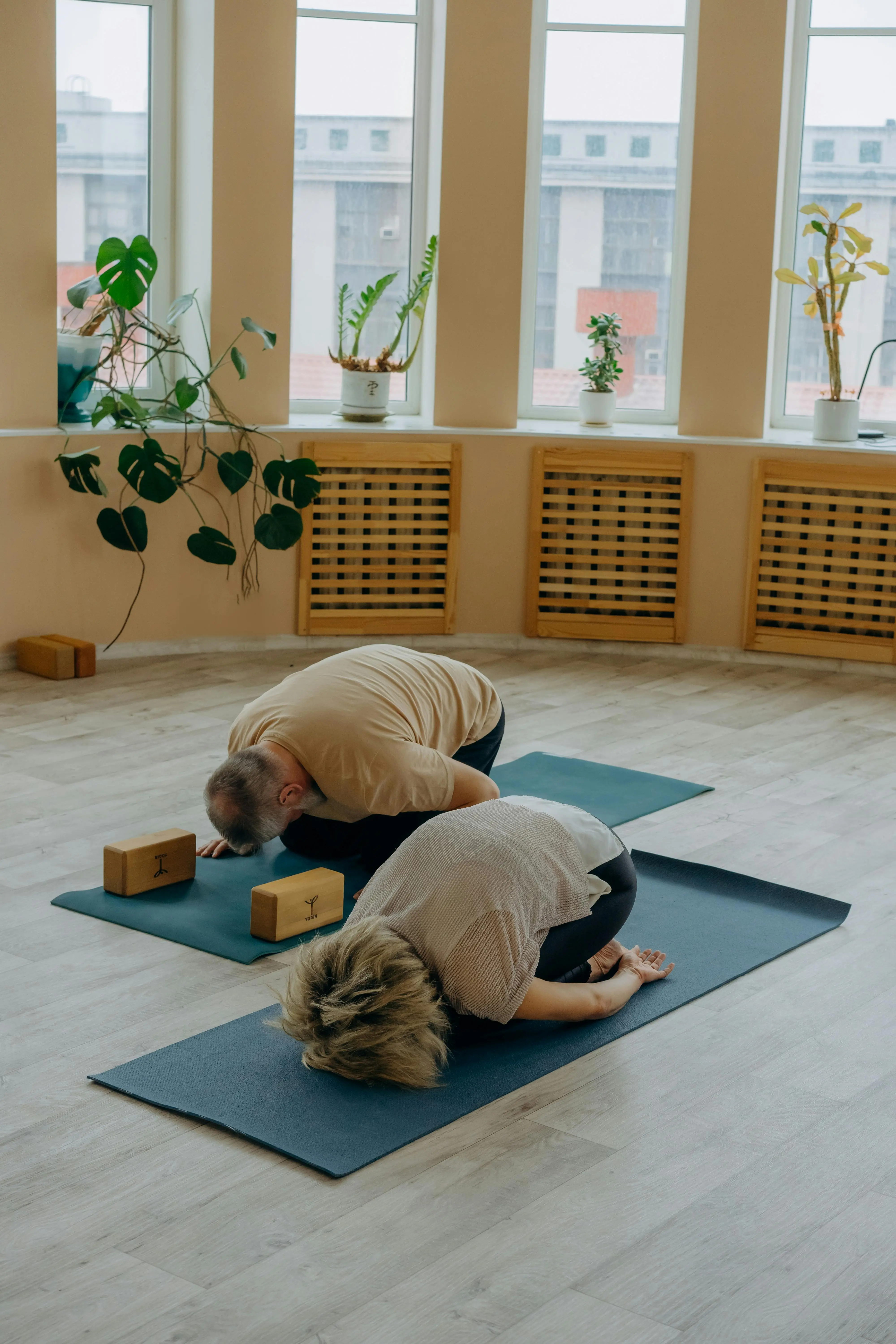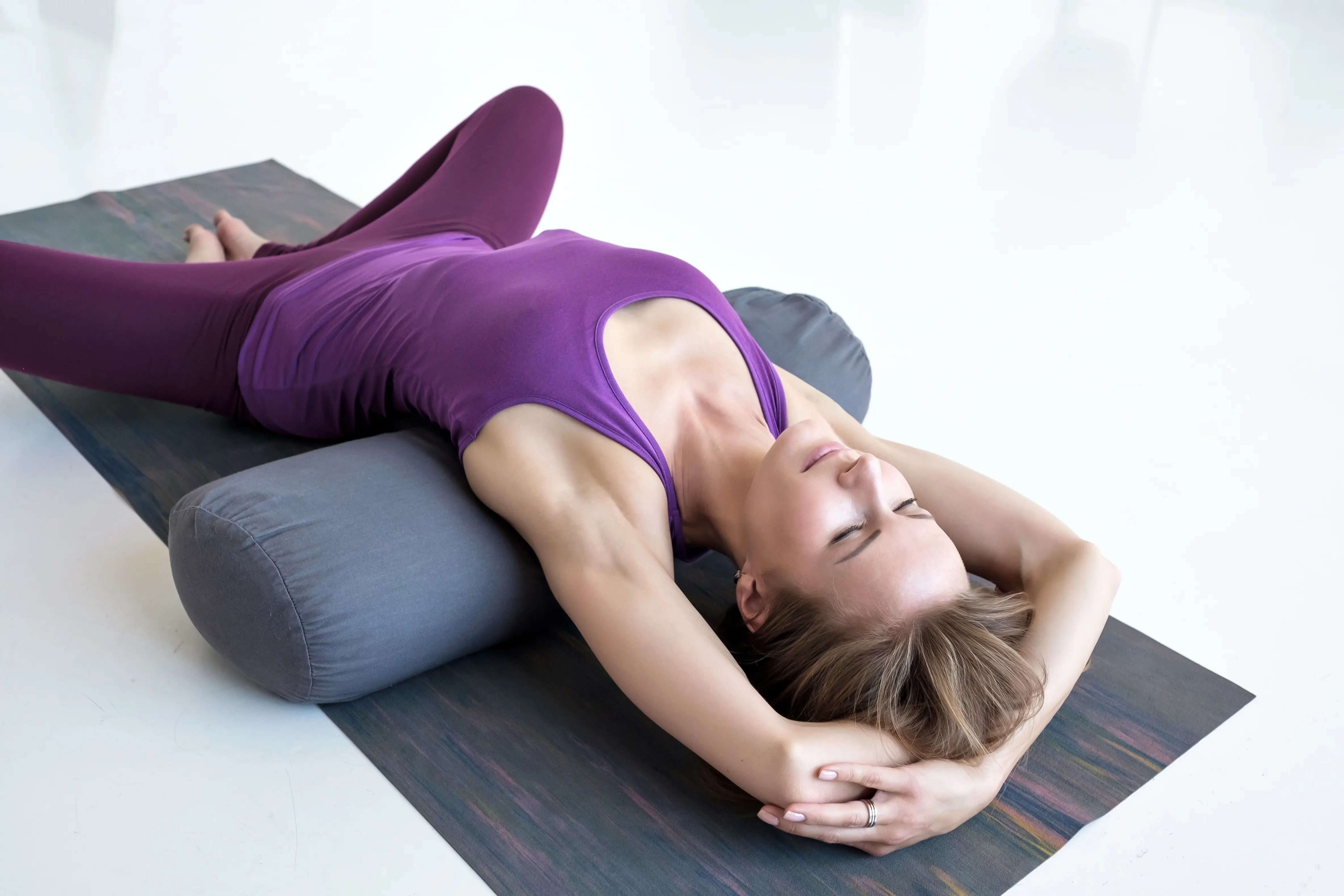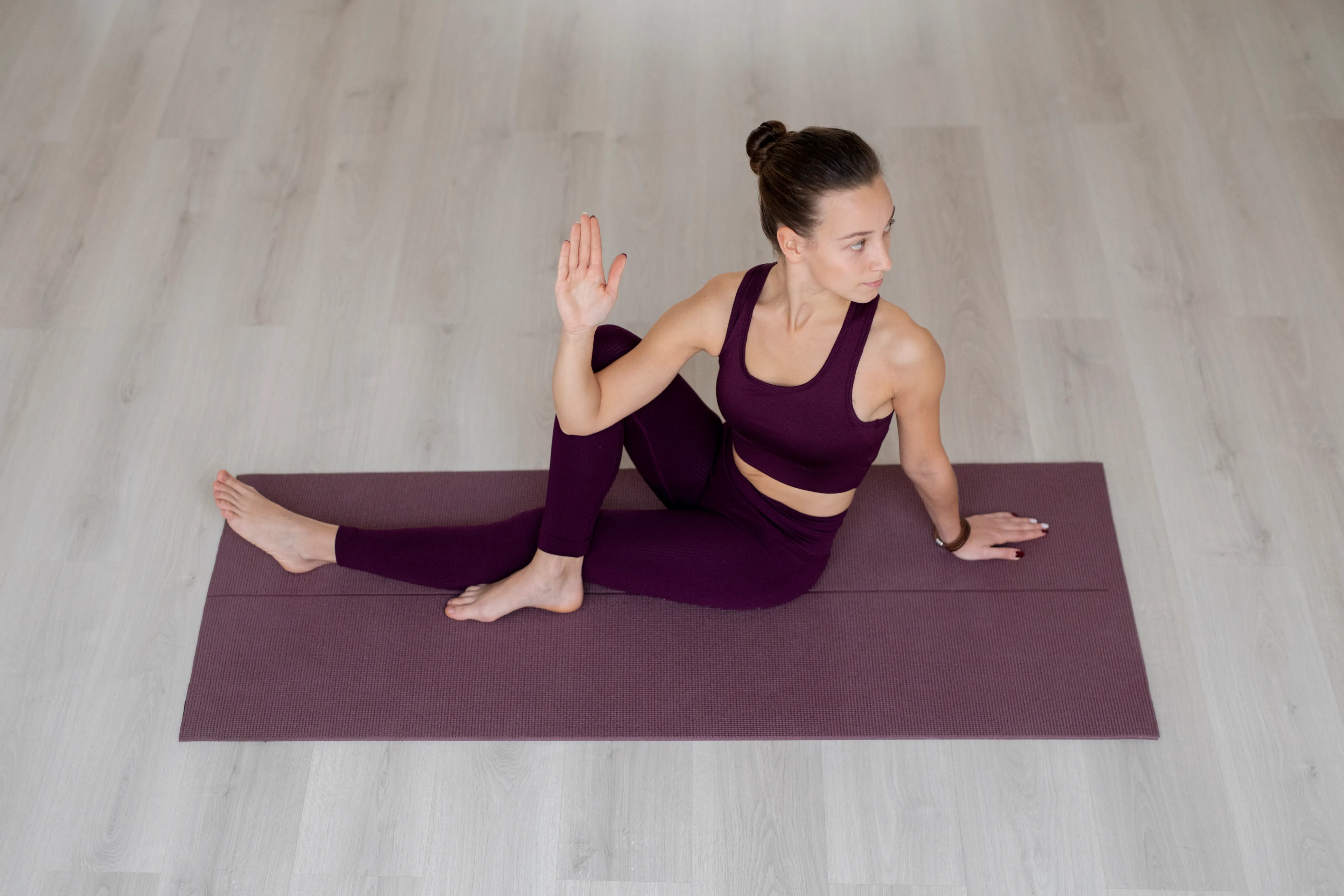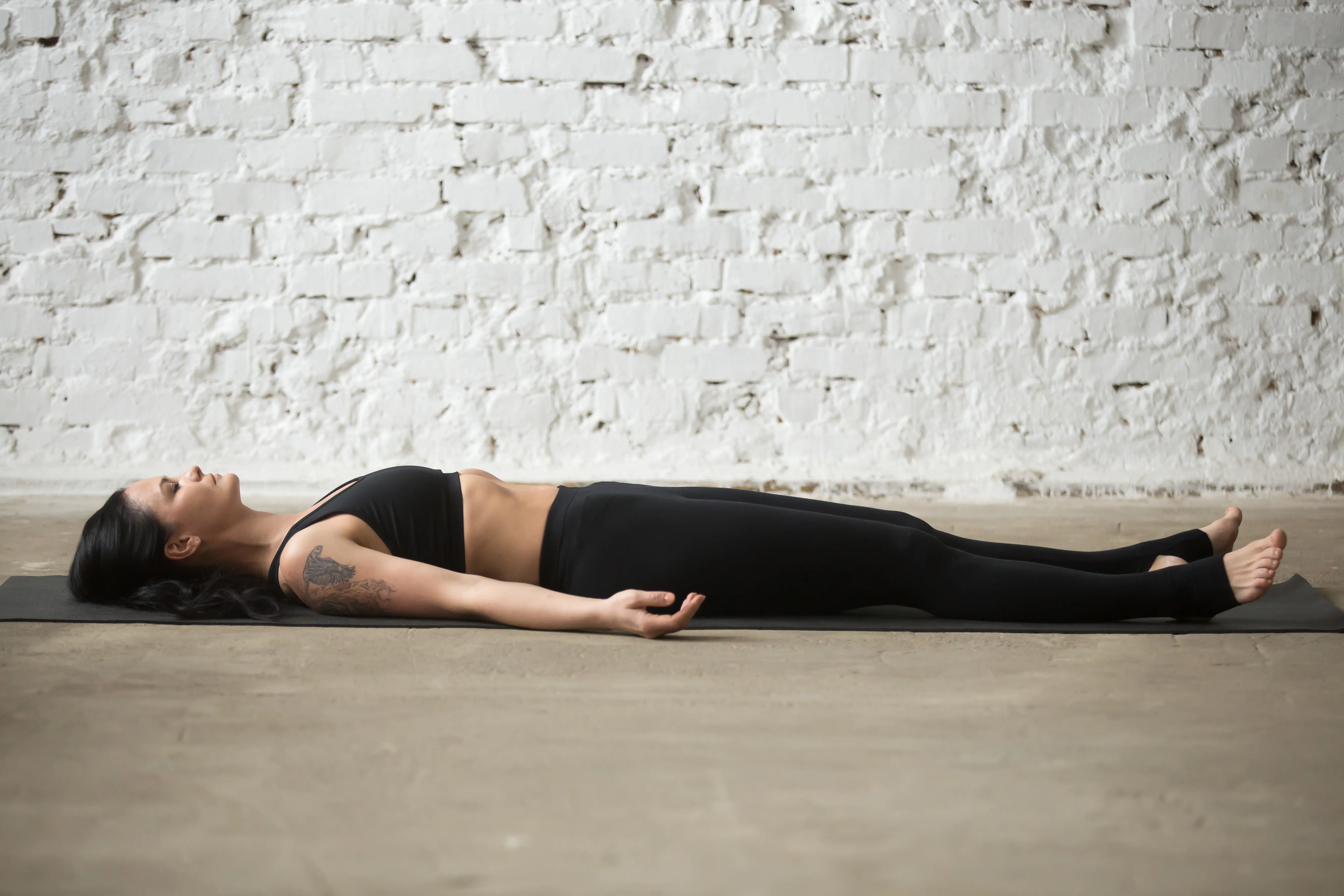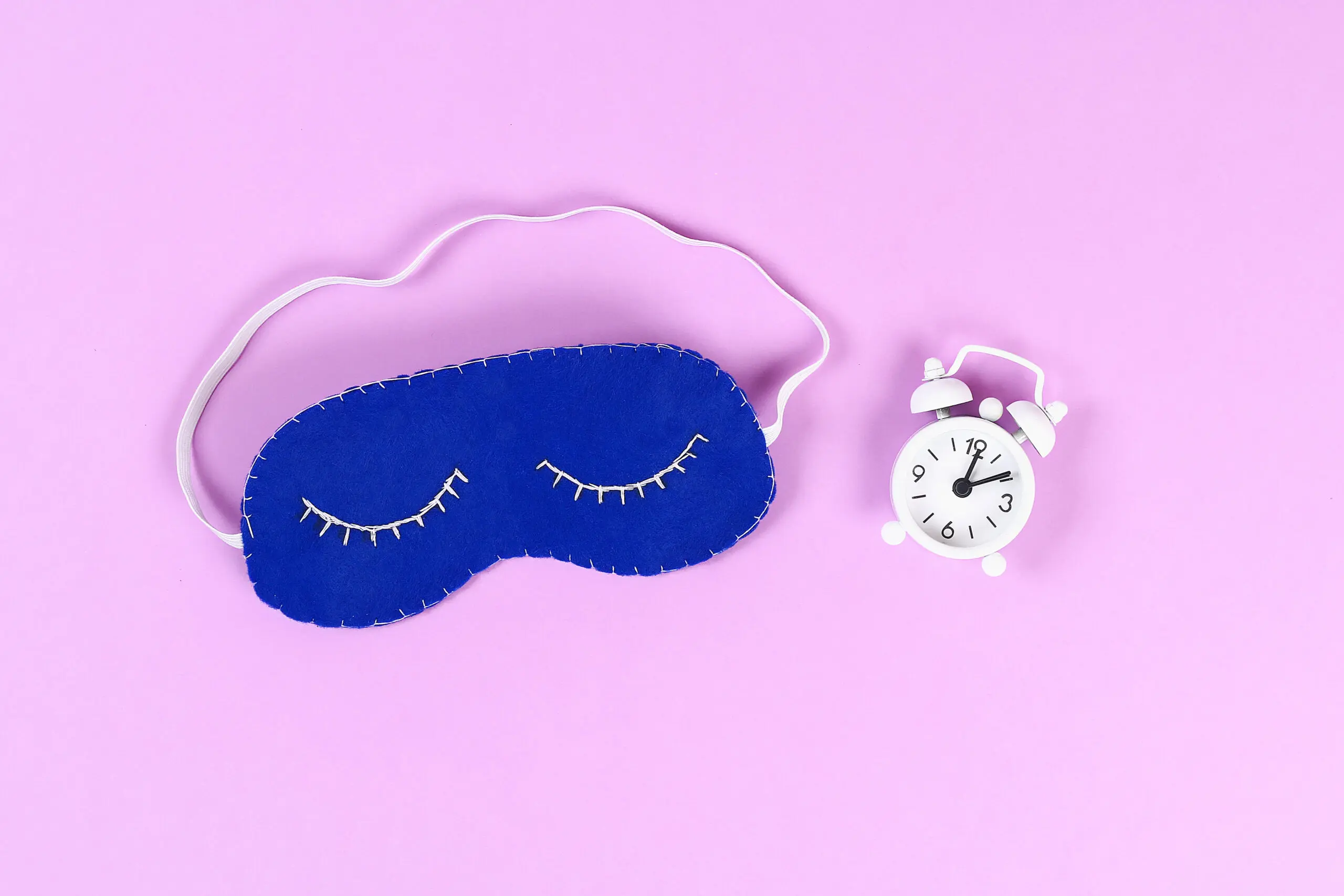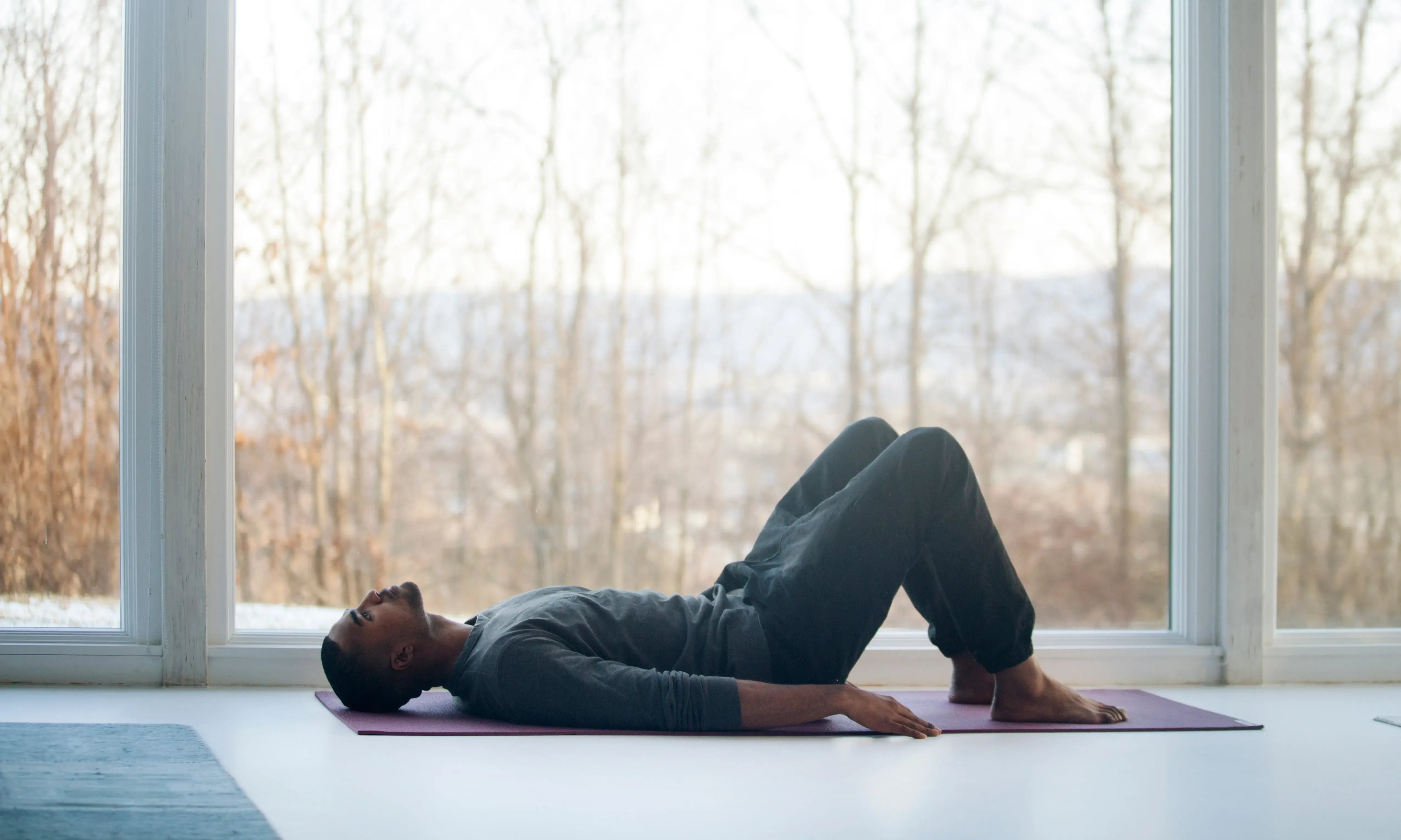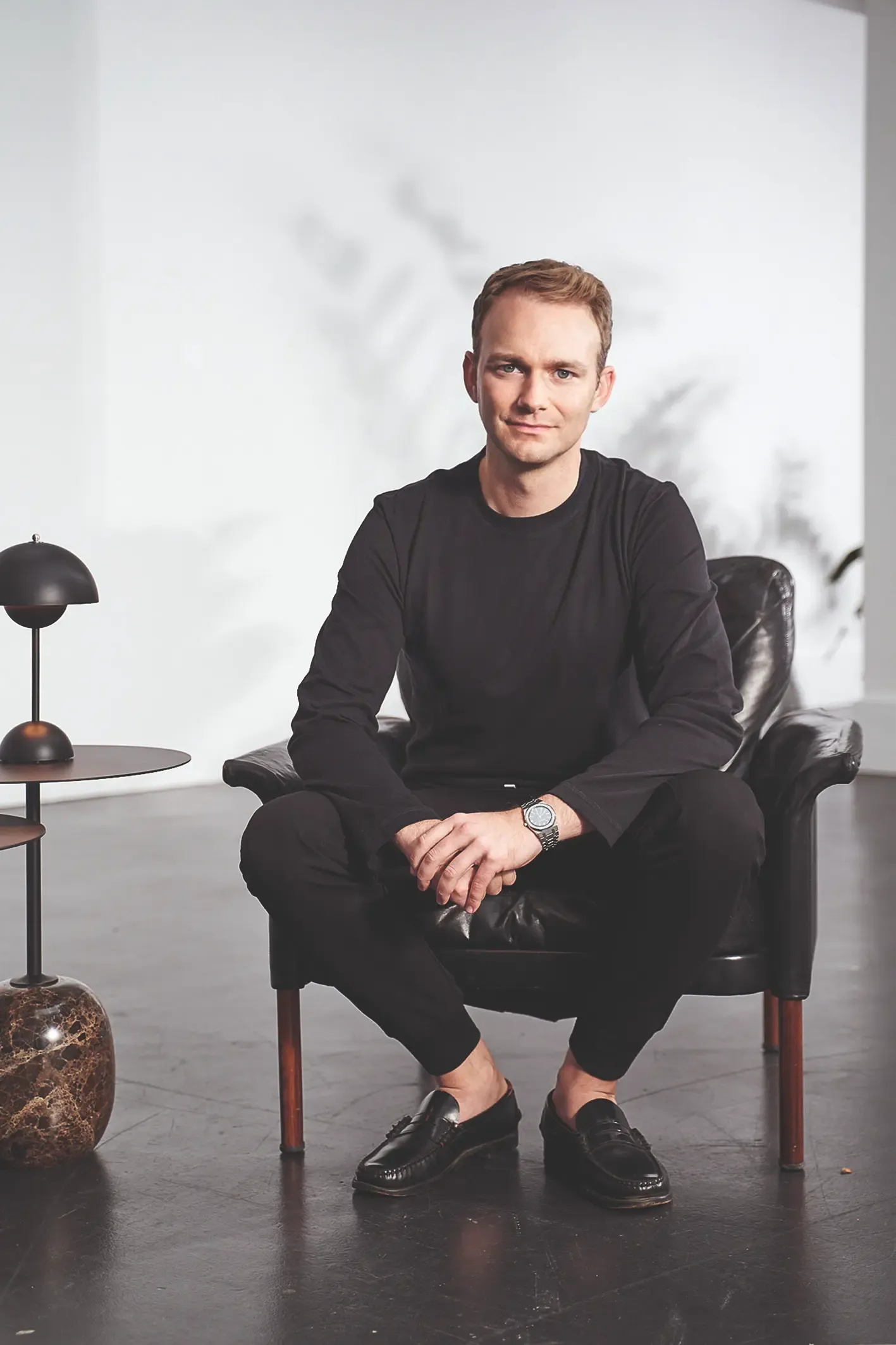Around six million Germans suffer from sleep disorders. Problems with falling or staying asleep not only affect the psyche but also increase the risk of illnesses. Sleep is essential for our health – it ensures that the body and brain can sufficiently regenerate.
Of course, there are various ways to prepare yourself for a relaxing night's sleep. You should avoid caffeine at least six hours before going to bed, and turn off your phone or tablet two to three hours before sleeping. Create a quiet and dark sleeping environment - and a few simple yoga exercises before bed can also help you relax.
When falling asleep becomes a challenge
After a long day at work, it is often difficult to stop the carousel of thoughts. Yoga can help you unwind, as the calm, deliberate movements and focus on steady breathing reduce stress, creating the conditions for falling asleep more quickly.
How can yoga improve sleep?
Note: Not every yoga style is suitable for promoting a good night's sleep; very intensive types like power yoga are counterproductive as they tend to be stimulating. Better: variants where the asanas are performed slowly and meditatively – such as in Yin Yoga, Hatha Yoga, and Restorative Yoga, as they focus on slow, controlled movements, deep breathing, and stretches.
Yoga for beginners: Four exercises for a restful sleep
The good news: You do not have to be an experienced yogi. But: The more often yoga is practiced, the better your body and mind will respond to the calming effects of the asanas. Incorporate the following beginner-friendly, simple exercises into your evening routine. It is important that you breathe evenly and calmly during each exercise.
Balasana – the child’s pose
An exercise that calms and regenerates the body. Pain and tension in the back, neck, and shoulders are relieved. Here lies the secret in concentrating on simplicity:
- Sit in the kneeling position with closed knees and feet.
- With the exhalation, bend forward and place your forehead on the mat in front of the knees. Arms lie alongside the body, palms facing up, so that the shoulders sink towards the floor and the shoulder blades pull away from each other. Variation: Stretch your arms forward over your head, with palms touching the floor.
